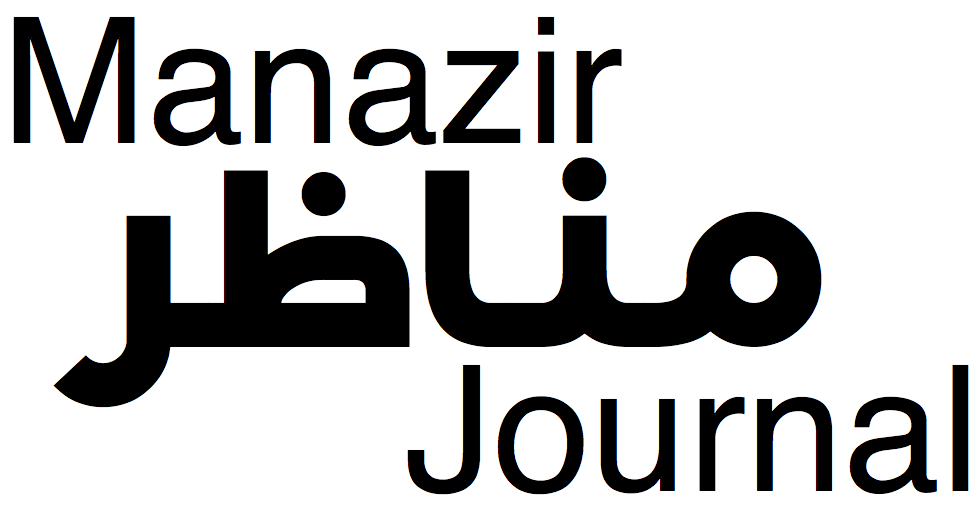
De la poudre aux yeux: Les stratégies de légitimation artistiques des souverains d'Iran (1722-1750)
Résumé
Comment s'affirmer comme un souverain légitime quand on arrive au pouvoir par la force ? Telle est la question qui se pose aux souverains afghans, safavides et afsharides qui règnent en Iran entre 1722 et 1750. Art et architecture sont des médiums essentiels de propagande : inscriptions monumentales, palais, tentes, mausolées, mais aussi joaillerie et peinture mettent en valeur la personne royale, l'inscrivent dans l'espace et lui offrent l'image d'un juste roi.
